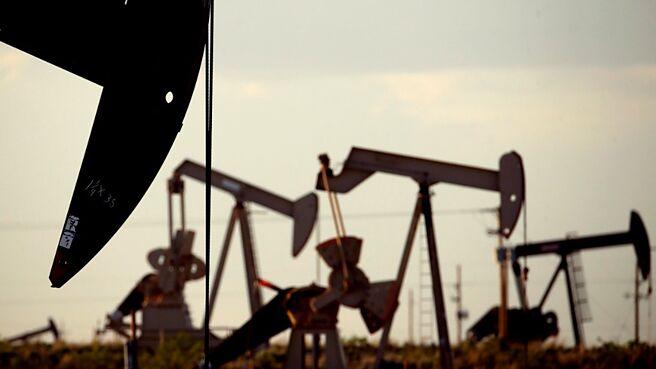The strategic position of the Strait of Hormuz is like the heart valve of the global energy system.
On June 16, JPMorgan commodities analyst Natasha Kaneva urgently revised her risk model within 24 hours of the attack: the probability of the Strait of Hormuz being completely closed jumped from 7% to 17%, meaning that the probability of a "worst-case scenario" in which oil prices soar exponentially to US$120 -130 per barrel doubled.
According to the bank's calculation model, the current geopolitical risk premium is US$10 higher than the bank's estimated fair price of US$66 crude oil, and this US$10 premium difference exactly corresponds to an extreme risk probability of 17%.
The strategic position of the Strait of Hormuz is like the heart valve of the global energy system.
About 18 - 19 million barrels of crude oil flow through this narrow waterway every day, equivalent to one-fifth of global consumption.Once Iran chooses to block the strait as a means of retaliation, Deutsche Bank analyst Hsueh all points to Brent crude oil breaking through the US$100 mark.
More seriously, retired U.S. Navy Admiral James Stavridis once estimated that the restart after the Strait is closed may take as long as two months, during which time the global energy supply chain will fall into chaos.In this extreme scenario, JPMorgan's prediction of an oil price of US$130 may even seem conservative-history can serve as a mirror: in the early days of the Russia-Ukraine conflict in 2022, a model also from JPMorgan warned that if Russian oil supplies were completely cut off, oil prices might soar to US$185.
Current market pricing shows a disturbing optimistic bias.The Brent futures curve only partially factored in moderate risk scenarios and barely reflected the possibility of a complete closure of the strait-a pricing lag that has been falsified in the shipping market: the Middle East Gulf region is home to 15% of the world's ultra-large crude oil carrier fleet, and shipping insurance rates and route costs jumped immediately after the attack.
Qisheng Futures 'calculations based on historical data show that referring to the market reaction after the previous two conflicts between Iran and Israel, there is still room for upward growth in oil prices of US$3-US$5 in the short term.But if Iran's retaliation exceeds Israel's strategic expectations of a "limited escalation"-Energy Aspects points out that Israel's current strike deliberately avoids international energy facilities to avoid a confrontation among allies-the market will be instantly exposed to tail risks that cannot be hedged.
Kaneva is not the only one who is optimistic about the surge in crude oil prices. Deutsche Bank energy analyst Michael Hsueh also wrote in another report released overnight that he had previously assumed that Iran's oil exports and production would moderately decrease by 400,000 barrels per day (-25%) by the end of the year, but also admitted that the worst-case scenario could cause Iran's oil production to shrink sharply, pushing oil prices well above $100.
Deutsche Bank finally pointed out that the conflict broke out at a time of regional geopolitical reorganization: the United States has made significant progress in deepening regional commercial interests, including lifting sanctions on Syria to restart investment, and reaching a ceasefire with Houthi before Trump's visit to Saudi Arabia., reaching hundreds of billions of investment agreements with Gulf Cooperation Council countries.These are generally in line with Trump's efforts under the "America First" agenda and are also in line with the previous contraction of the United States 'Middle East strategy.If the United States becomes involved in broader regional conflicts, it may complicate strategic contraction.

